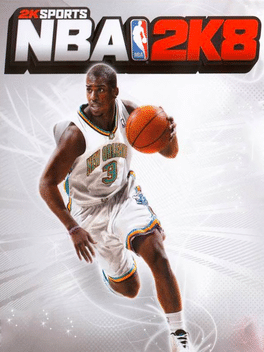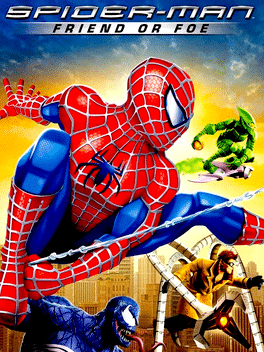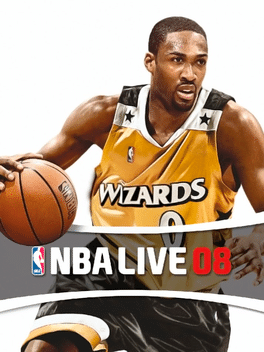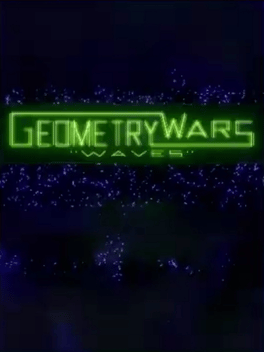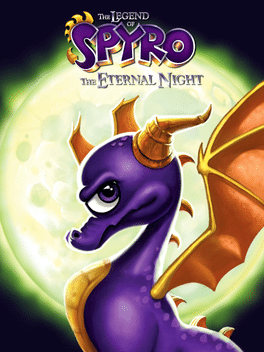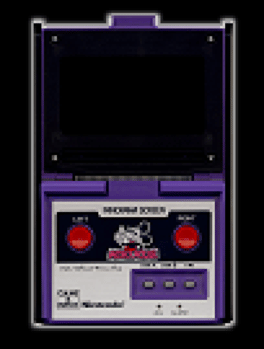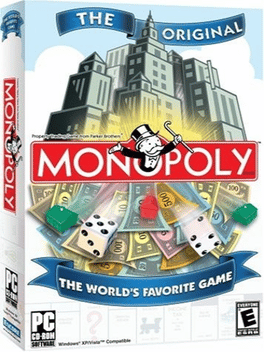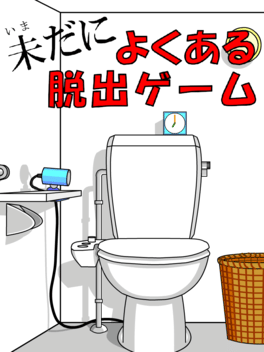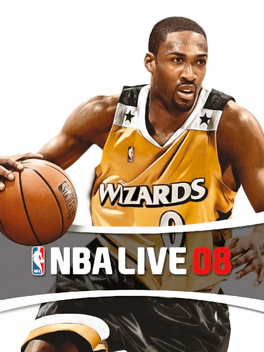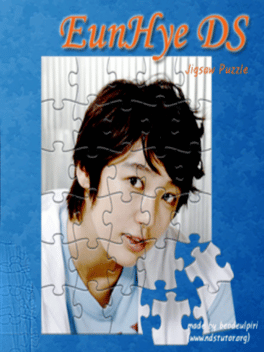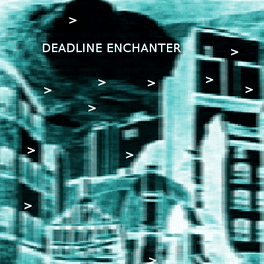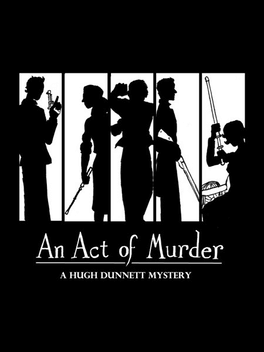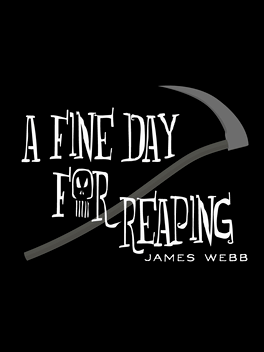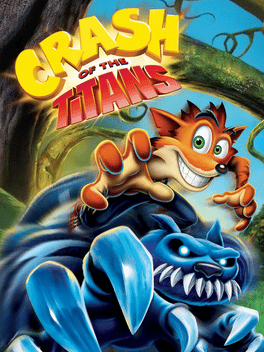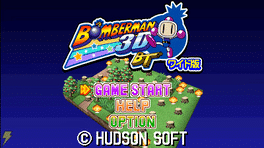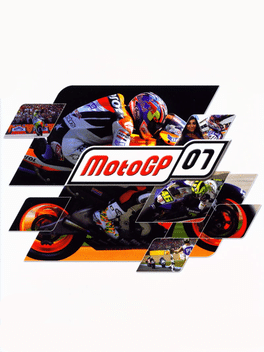New Games - Page 10068
-
Race 07
2007
Race 07
2007
star 7.7RACE 07 is a racing simulation video game that covers the 2006 and 2007 World Touring Car Championship seasons. It offers over 300 cars across 9 different racing classes, including touring cars, Formula 3000, Formula BMW, and Radical sports cars. Players can race on 32 international tracks with multiple layout options, featuring a sophisticated damage system and flexible race formats. It represents a significant expansion from previous SimBin racing titles, introducing single-seater racing classes and enhanced community-oriented features. -
NBA 2K8
2007
NBA 2K8
2007
star 8NBA 2K8 is a basketball simulation video game developed by Visual Concepts and published by 2K Sports. It is the ninth installment in the NBA 2K franchise and the successor to NBA 2K7. It was released in October 2007 for Xbox 360, PlayStation 2, and PlayStation 3. Chris Paul is the cover athlete of the game. NBA 2K8 is the predecessor to NBA 2K9 in the NBA 2K series. NBA 2K8 was well received upon release. Critics mostly praised the aesthetical details, with particular praise directed towards the player animations, as well as the game mode options, and overall gameplay, more specifically, the post play, jump shooting, and well rounded accessibility. Most criticisms were concerning some gameplay inconsistencies, such as the defensive mechanics, and the unrealistic player tendencies, as well as the game's lack of improvements, with some seeing the lack of meaningful changes as a step back from NBA 2K7, and visuals, which some saw as "awful" and "ugly". Some saw the visuals as "gorgeous" however -
Spider-Man: Friend or Foe
2007
star 5.6Spider-Man: Friend or Foe is a Spider-Man video game based on the comic book series and Spider-Man movies. According to the company report, Spider-Man: Friend or Foe is a unique take on the media franchise. Inspired by the movies Spider-Man, Spider-Man 2, and Spider-Man 3, this action/adventure beat 'em up game reinterprets big-screen moments and battles with a humorous twist. Players team up with famous heroes from the Marvel Comics universe to combat villains and then convert them to sidekicks after defeating them in epic boss battles. The game includes a co-op multiplayer mode, as Spider-Man or a sidekick, in locations around the globe, including Tokyo, Egypt, and Nepal. Spider-Man: Friend or Foe, along with most other games published by Activision that had used the Marvel licence, was de-listed and removed from all digital storefronts on January 1, 2014. -
NBA Live 08
2007
NBA Live 08
2007
star 6.5NBA Live 08 is the 2007 installment of the NBA Live series by EA Sports. It was released for the Xbox 360, PlayStation 3, Wii, PlayStation 2, Windows and PlayStation Portable. This is the first NBA video game to include all three next-generation consoles. It was the last NBA Live game for the Windows platform. -
Geometry Wars: Waves
2007
Geometry Wars: Waves
2007
Geometry Wars: Waves was developed by Stephen Cakebread of Bizarre Creations, released as a bonus mini-game as part of Project Gotham Racing 4 on Xbox 360. The game is a variant of Geometry Wars: Retro Evolved where the player is given one life to survive continual waves of orange rockets that pace back and forth across the edges of the play-field for as long as possible. -
Project Gotham Racing 4
2007
star 8.3Project Gotham Racing 4 is the fourth title in the main Project Gotham Racing series, developed by Bizarre Creations and published by Microsoft Game Studios. -
The Legend of Spyro: The Eternal Night
2007
star 6.9The Legend of Spyro: The Eternal Night is a 3D action platformer which takes place right after the events at the end of The Legend of Spyro: A New Beginning. Players control Spyro as he searches for his friend Cynder. Initially, he has lost all of his different breath powers from the first game, but he gradually recovers the ability to breathe fire, ice, earth and electricity. New to this game is the ability for Spyro to slow down time using his newly-learned 'Dragon Time' ability. While the game has some basic puzzles involving pressing switches, the main focus is still around fighting. Spryo's primary attack is his headbutt, but he can also use his assorted breaths to defeat foes provided that he has enough magic power. He also earns blue gems from defeating foes which will allow him to level up his powers. -
Mickey Mouse
2007
-
Monopoly
2007
Monopoly
2007
The classic turn-based real estate board game brought to the PC, with all the standard features, and new features such as custom house rules, animated tokens, and local multiplayer. -
Imada ni Yokuaru Dasshutsu Game
2007
Imada ni Yokuaru Dasshutsu Game, also commonly referred to as "Dona Room 3" or "Dona's Room 3" in the West, is the third game in a series of escape games by Naoki Nakashima. -
NBA Live 08
2007
-
EunHye DS
2007
EunHye DS
2007
Eun Hye DS is a homebrew jigsaw puzzle game for the NDS. The heroine of this game is Eun-Hye Yoon who is an actress from Coffee Prince 1st, a Korean TV drama. -
Deadline Enchanter
2007
Deadline Enchanter
2007
This is where I end and you begin. That, at least, is what I want to think. I don’t know you. Perhaps one day I will. But this Implementation-rather, its copies-are my seeds blowing to the wind. The palm-parsers, their oak gears whirring, will be pressed into hands long after I finish this. Hands like yours. A metatextual work of interactive fiction by Anya Johanna DeNiro. -
An Act of Murder
2007
-
Varkana
2007
Varkana
2007
Varkana is the name of a region in a world with a timeless, mildy fantasy/sci-fi setting (some technological and magical elements are present at this moment, but not prevalent), with the city-state of Arg Varkana as its major outpost of civilization. There are several Persian and Mesopotamian inspired elements in there, some of which might sound familiar to those who are acquaintanced with those cultures. We start the game as Farahnaaz, a bookcrafter and a library employee in Arg Varkana, currently enjoying her summer holidays when the town is lively with celebrations. Her hometown is to be visited by a team of ambassadors from Ashtarta, a distant, fabled land with a more advanced technology and a recently-reestablished regime. -
A Fine Day for Reaping
2007
Step into the bare feet of the Grim Reaper for a day and make sure that five pesky souls keep their appointment with the afterlife. -
Crash of the Titans
2007
Crash of the Titans
2007
Crash of the Titans is a 2D side-scroller beat 'em up game released on October 2007 and developed by DeValley. It is one of the three portable versions of Crash of the Titans, along with the Nintendo DS and Game Boy Advance versions. -
Bomberman 3D BT Wide-ban
2007
An updated version of Bomberman 3D which adds widescreen and Bluetooth multiplayer support. -
MotoGP '07
2007
MotoGP '07
2007
The official PS2 game of the 2007 MotoGP season, not to be confused with the game of the same title for Xbox360 and PC. The game features all the official riders, tracks, teams and bikes of the 2007 MotoGP season, including the Ilmor Ilmor SRT. The game allows the player to race in 5 game modes: Quick Race, Time Attack, Championship, Challenges and Multiplayer in a variety of difficulties and weather conditions. According to the publisher the game offers challenging weather effects, accurate physics models based on real data and sound effects recorded from real MotoGP bikes. -
Mega Man 5 Mobile
2007


